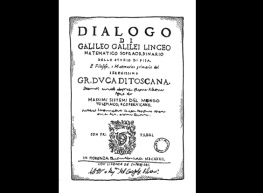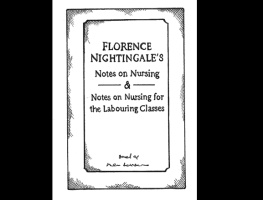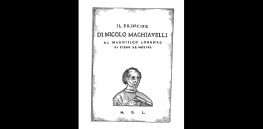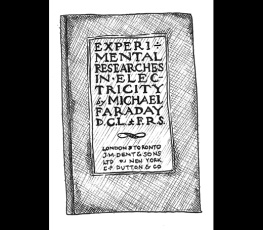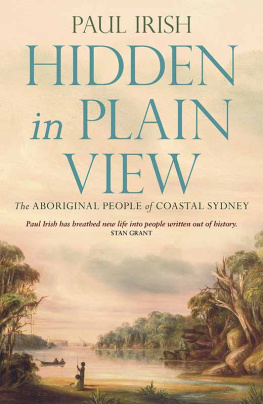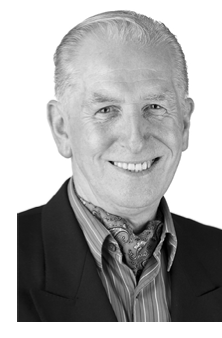All rights reserved. No part of this publication may be reproduced, stored in a retrieval system, or transmitted in any form or by any means, electronic, mechanical, photocopying, recording or otherwise, without the written permission of the copyright holder.
This publication is provided subject to the condition that it shall not, by way of trade or otherwise, be lent, sold, hired out or otherwise circulated without the publishers prior consent, in writing, in any form of binding other than that in which it is published and without a similar condition, including this condition, being imposed on the subsequent publisher.
A BioView story is a scripted virtual interview based on research about a persons life and times. As in any story, the words indicate only an interpretation of what the individuals mentioned in the BioViews could have said. While the interpretations are based on available research, they do not purport to represent the actual views of the people mentioned. The interpretations are made in good faith, recognizing that other interpretations could be made. The inverted commas used in the BioViews give an indication of possible dialogue in the context of the story. The author and publisher disclaim any responsibility from action that readers take on the BioViews for educational or other purposes. Any use of the BioView materials is the responsibility of the reader and should be supported by their independent research.
We recognize there are different conventions on the spelling of words in what we shall call British English and American English. Within our titles, we have chosen to adopt the spelling style that the featured individuals would have used to ensure the BioViews are as authentic as possible.
The Author
Dr Charles Margerison is a Chartered Psychologist, a member of the Royal Institution and the Royal Society of Literature. He is Chairman of Viewpoint Resources Ltd, a publishing organization, and the founder of The Amazing People Club. Previously, he was Professor of Management at the University of Cranfield, UK, and also at the University of Queensland, Australia. He is the co-founder of Team Management Systems and the Chairman of Bell Hughes Music Group.
The author of more than ten books on management issues, Dr Margerison has also written an innovative continuing professional development system, called The Communication and Problem Solving Resource. This provides educational support resources for the use of the Amazing People Club series in schools and colleges.
The Amazing People Club series commenced when Dr Margerison wondered what people like William Shakespeare, Marie Curie, Abraham Lincoln, and other great achievers would have said if he had interviewed them about their life and work. He decided to research the known facts about their lives and write up what he thought they would say. In particular, he focused on the psychological issues associated with their personalities and how they used their time and talents well in order to achieve. The stories give us an insight into their motivation and relationships with other people.
This unique range of stories is presented via a new concept called BioViews that combines a biography with a virtual interview. The stories are an interpretation of the lives of amazing people, as in a theatre play. Each one is presented as if the person is talking to you personally. There are no full stops, as in traditional writing, except at the end. The intention is to create the flow of conversation.
BioViews offer new and interesting ways of understanding major contributions to our world by amazing people. The stories are inspirational and we hope they can help you achieve your ambitions in your own journey through life.
Introduction
Imagine that you are taken in handcuffs to a sailing ship. You are pushed below decks with many others. It is overcrowded, smelly and the food is of poor quality. However, you give thanks. Only a few days ago, in London, you were due to be hanged for thieving. On appeal, you pleaded that it was a case of false identification. This was rejected, but your sentence was commuted to transportation to lands beyond the seas. You breathed a sigh of relief, but not for long. On May 13 th 1787, in an old sailing boat full of convicts chained like animals, you set sail.
For the next nine months, you are cooped up on what seems like an endless journey. Many people take ill on the journey and some die. You feel fortunate to have survived. On arrival in your new land, you have difficulty walking, because you have been on the high seas for so long and are weak from the lack of good food.
However, you could have had a different role. Imagine you were Captain Arthur Phillip in 1787. For nine months you have been sailing the mighty oceans leading 11 ships packed with convicts, guarded by marines. In all, there are nearly 1500 people under your leadership. The journey of 10,000 miles and more is arduous. You are going to a place visited only once. Captain James Cook and his crew were there 18 years previously. They stopped at a place called Botany Bay for about a week and now it is your destination to create a new prison colony.
On arrival, you realize the location recommended is not adequate for the purpose. Appointed as the Governor of New South Wales, you go in search of a new landing site and discover a magnificent harbour, which you later call Sydney Cove.
In contrast, you could have been an officer or a marine. You joined the Navy to fight battles, not to take convicts to an unknown land. The journey has been boring, as you only had to guard and control convicts. On arrival, you realize that setting up a new colony is not going to be easy. There are natives with spears who try to attack, but the biggest threat is from hunger and disease. It is a battle just to survive.
These roles belonged to some of the main characters in an amazing story about the formation of a new colony, which became the vibrant city of Sydney, and the start point for the foundation of Australia.
This book tells their stories, as if they have come back through time to give their views. It does so via a concept called a BioView, which is short for biographical interview. From the first landing in 1788, I have traced each generation. During the last 200 and more years, tens of thousands of people have arrived in Sydney. Some were sent as convicts and some chose to travel to a new land, where they saw opportunity. Others who also made outstanding contributions were born in the new colony.
All of the time, the people who had lived there for centuries, looked on. The Aboriginal tribes had often fought amongst themselves, but had found ways to survive in a harsh climate. However, the arrival of the white men and women in the sailing boats was to change all of that. From 1788 onwards, there was a clash of cultures. The traditional owners retreated away from the coast, as the colonists took over more of the land and introduced their technology and way of life.


